
REPORTAGE
28-03-2022 by Freddie del Curatolo
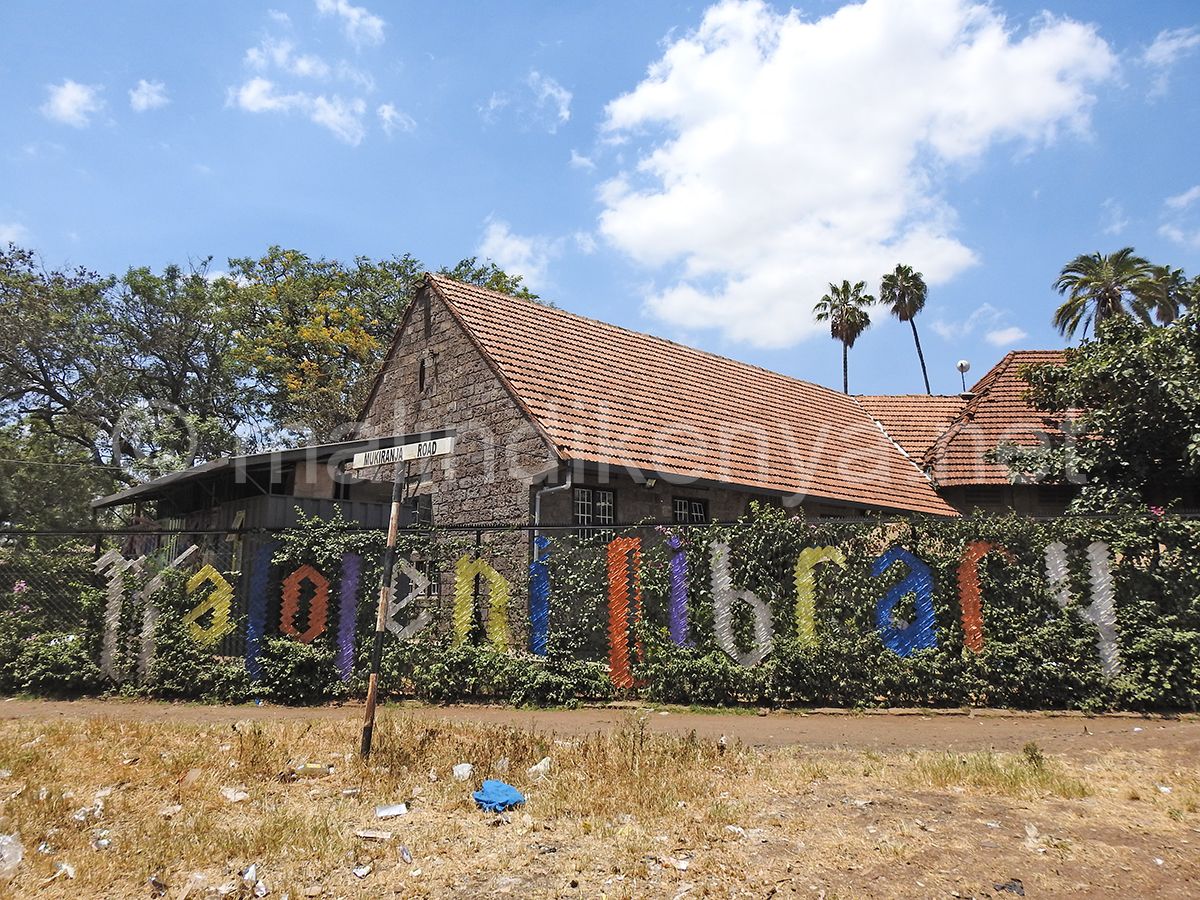
There isn't a free seat among the tables in the old stone library.
Old, in Nairobi, means early twentieth century, nothing more.
For us Westerners, a spit of time of which we are losing the memory anyway.
For Kenyans conquests, a half geological era and a near bad memory.
The Kaloleni Library, built by Lord McMillan's wife in his memory just under a century ago, is full of hope.
Young secondary and college students study in respectful silence.
Some have found a place under garden umbrellas.
"The books they bring from home - the director explains to us smiling - here there is not much that can interest them, to study."
Yes, the library is in a bad way when it comes to archives. Fiction books scattered in alphabetical order, old volumes that risk crumbling in your hands and nothing, almost nothing current.
A gate and a thick green hedge separate the Kaloleni Library from the rest of the neighborhood, which for years has been one of the symbols of integration conceived by the British colonial government and also an emblem of Kenyan independence. Next to the library stands what remains of the first Kenyan parliament. Here the father of the country Jomo Kenyatta, in 1963, celebrated together with his friends Tom Mboya, the Kenyan, and Oginga Odinga, the socialist.
There is a photo that shows Kenyatta jubilant and Tom jumping embracing another protagonist of free Kenya. Behind, you can see how the "Parliament Hall" was, a simple white building with a large hall inside. Today it's a half-ruin with broken windows, where every now and then a Christian preacher gathers the crowd, amid illuminated shouts and dragging gospels. In the back, a gymnasium for aspiring bodyguards of today's politicians who let the capital's historic buildings fall apart. It's said that Kenyans aren't interested in the history of a country that wasn't theirs, but Kaloleni's story, though it began earlier, contains key passages of today's Kenya.
Nothing doing, the library is just a cozy, free space for silence and study and the first parliament of the Republic is a dilapidated building.
All around is the "garden city" designed by the English anthropologist architect Ebenezer Howard, modelled on his successful suburban experiments in England, such as Letchwork.
Even today, the Kaloleni district has a concentric structure with a hypothetical green space in the middle. But in addition to the arid land that has eaten away at the English-style grass, sheet metal shacks have grown up in front of stone houses similar to the bookstore, wooden kiosks in place of flowerbeds. Africa has taken back its spaces and filled them as if it were essential for survival. Piling up in order not to kill each other.
Yet with a historical sense, one can wander around Kaloleni, a neighborhood close to the popular areas of Pumwani and Ngara, from the busy Jogoo Road and not far from the Gikomba market that burns down once a month, dreaming of the Nairobi that could have been and that only those students in silence will one day be able to create. Talking to some of them, the awareness of being able to do something is there, as well as that of no longer having in power characters like Tom Mboya, assassinated just like his mentor Kennedy, in 1969.
A group of young Kenyan designers and creatives have started a project to revive the neighborhood as a center of artistic and cultural ferment, with the idea of opening a trendy club between the library and the old parliament. That it's not just business, this country (like the whole world) needs young dreamers who know how to get back on the path of a radiant Kenya that stopped too soon and became a greedy rush for something that doesn't represent them.
To get a sense of where we were and what we told you, check out the video report!
(VIDEO IN ITALIAN BUT EASILY TRANSLATE WITH YOUTUBE TRANSLATOR...AND PLEASE SUBSCRIBE OUR CHANNEL!)
ANNIVERSARIES
by Freddie del Curatolo
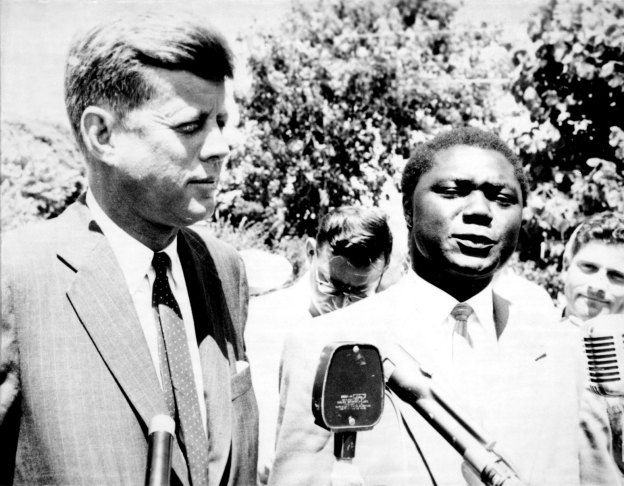
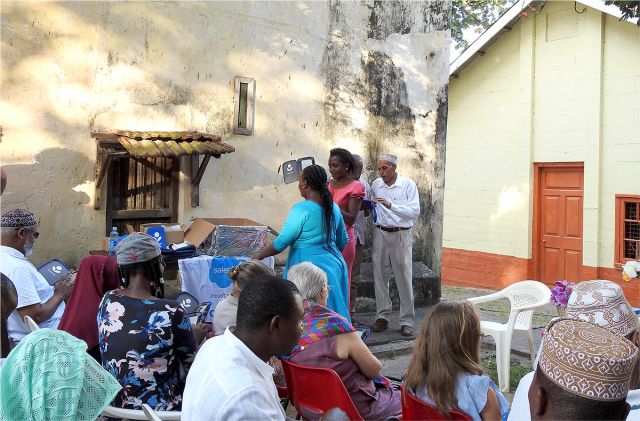
The social, educational and cultural initiative that allows the Webb Memorial Library of Malindi, to

It 's true, as he wrote Ryszard Kapuscinski, one of the most precise thinkers and evocative of Africa, the story, the Black Continent, is transmitted orally and legend becomes myth, but the culture, prose and literature need of paper, of pages,...

ULTIMORA
by redazione

The heavy rains that this morning are falling incessantly on the Kilifi region have caused big problems at the Mbogolo bridge, on the state road Malindi-Mombasa after the county capital.
The bridge was submerged by the water of the water flowing...
LUTTO
by Freddie del Curatolo
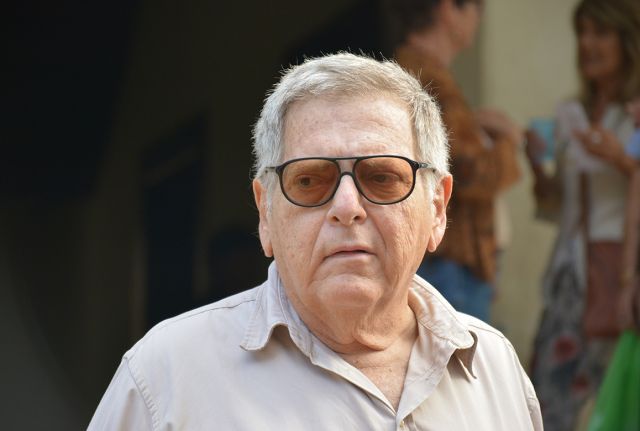
PUBLIC HOLIDAY
by redazione
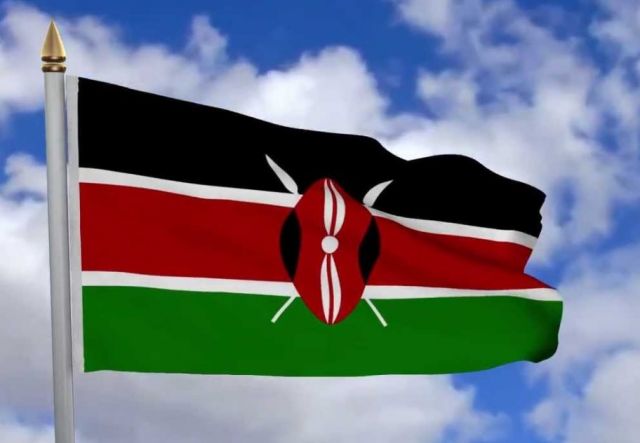
Today is a special day in Kenya, celebrated with a national holiday.
It is...
ANNIVERSARY
by redazione

Today is a national holiday in Kenya. It is the celebration of the "Jamhuri Day". It's the day of the Republic, which is the date in which officially entered into force before the Constitution of the Republic of Kenya, 12...

Fifty-four years ago on June 1, 1963, the Kenyan Shadow Government, with President Jomo Kenyatta, forged the first excerpt of the Constitution of Kenya, which would then come into force on 12 December of the same year.
That is why...
CORONAVIRUS
by redazione
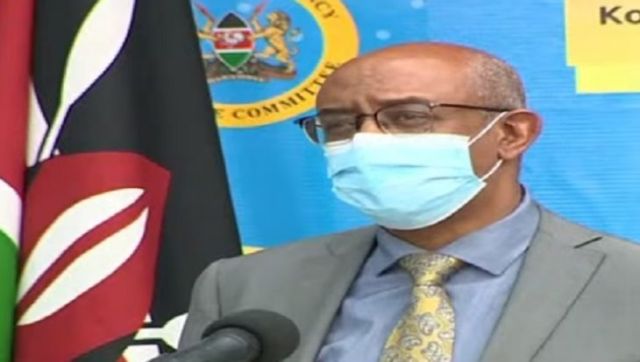
The Chief Administrative Secretary of the Ministry of Health, Dr. Rashid Abdi Aman, Tuesday, April 28...